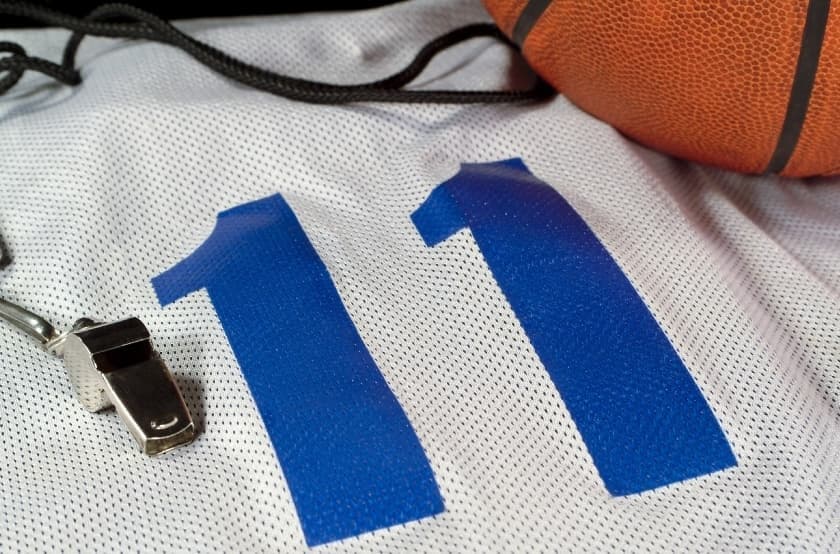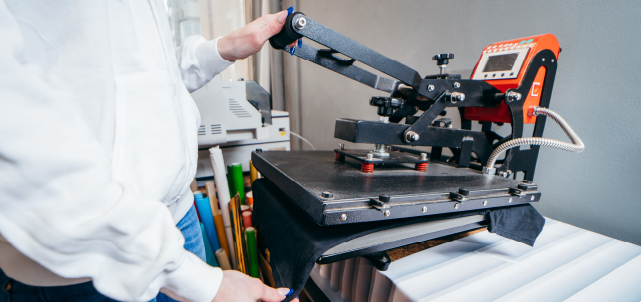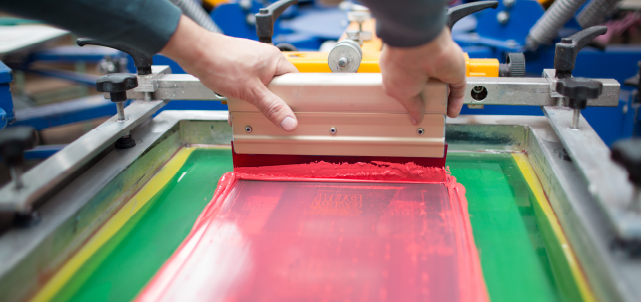Do you know how to properly print on items like jerseys, polyester shirts, and other athletic wear? Polyester printing can be one of the more challenging printing techniques to master because of the amount of heat needed to create your design. Heat must be calculated carefully to ensure that the material doesn’t experience issues like dye migration and shrinkage.
Here on our blog, we’ll walk you through the step-by-step process of polyester printing, as well as potential problems and how to avoid them.

What makes printing on polyester special?
Printing on items made of polyester comes with its set of challenges. For example, dye migration is common when printing on polyester. Dye migration is when the colors of your design bleed or “migrate” into its base or other colors that are also within the design. This can cause a slight chemical reaction and change the shade of some of your existing ink colors. To avoid this problem from occurring, you might want to consider applying a white ink underbase to assist in blocking dye migration. You will also want to be sure your design is fully cured at the proper temperature. You can help ensure you are doing this step correctly by using a temperature gun during the curing process to gauge whether it is too hot or too cool.
Shrinking can also happen with polyester fabric. This is caused by applying too much heat to the fabric causing it to shrink in size and ruin the look of your print. Again, this can be successfully avoided by using a temperature gun.

How does it work?
For polyester printing, you will be incorporating a screen printing (also known as silk screening) approach to lay down your design and print on your desired article of clothing. By combining a plastisol ink with this form of printing, you can get a quality sports-ready product. Keep in mind that there are different types of athletic fabric and not all of them are to be treated equally. For example, jerseys have small holes in them and can be printed by filling the holes in or leaving them open. When the holes are left open, the material remains breathable, and more closely related to true performance fabrics. You may want to ask your client what their preference is before printing on a jersey or other garment with open holes in it.
Once you’re ready to get printing, you will load the article of clothing onto a platform and create a smooth surface to place your design. Next, you will want to swipe your ink in even strokes, adjusting the amount of pressure depending on how sharp you need your image to be. One by one, each color will be layered as needed and cured at a fairly low temperature. You will flash cure between each color, making sure not to overheat the ink. Take a look here to see curing temperature recommendations.
When you have done a successful polyester printing job, you get an article of clothing that holds up to active wear and tear, displays a clean design, and remains breathable to the person wearing it.



